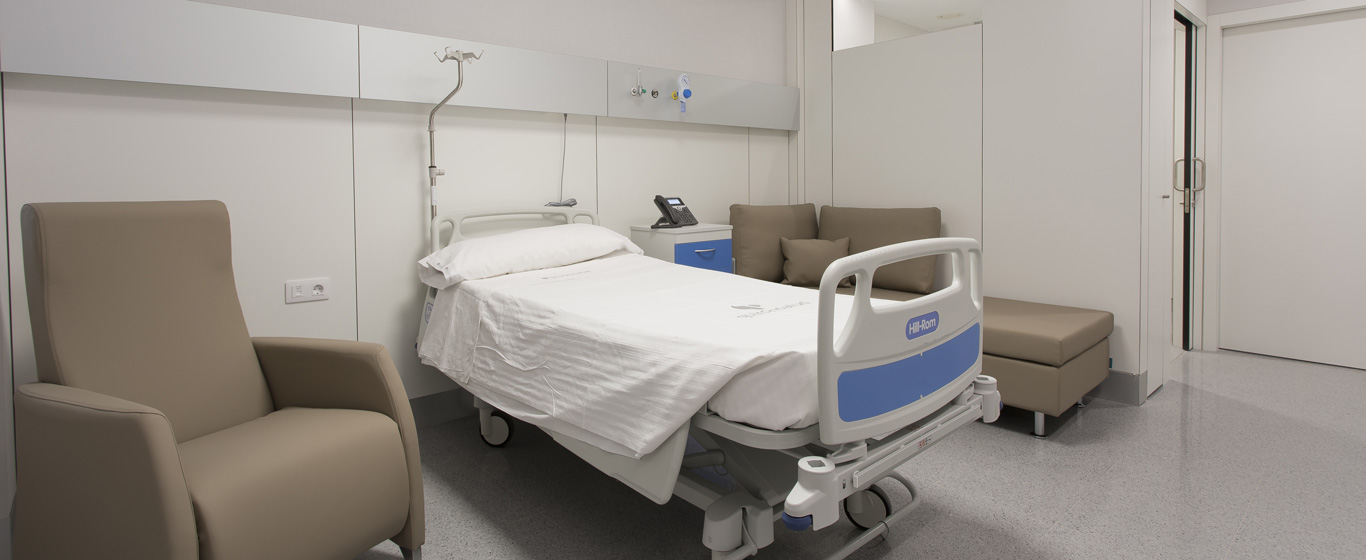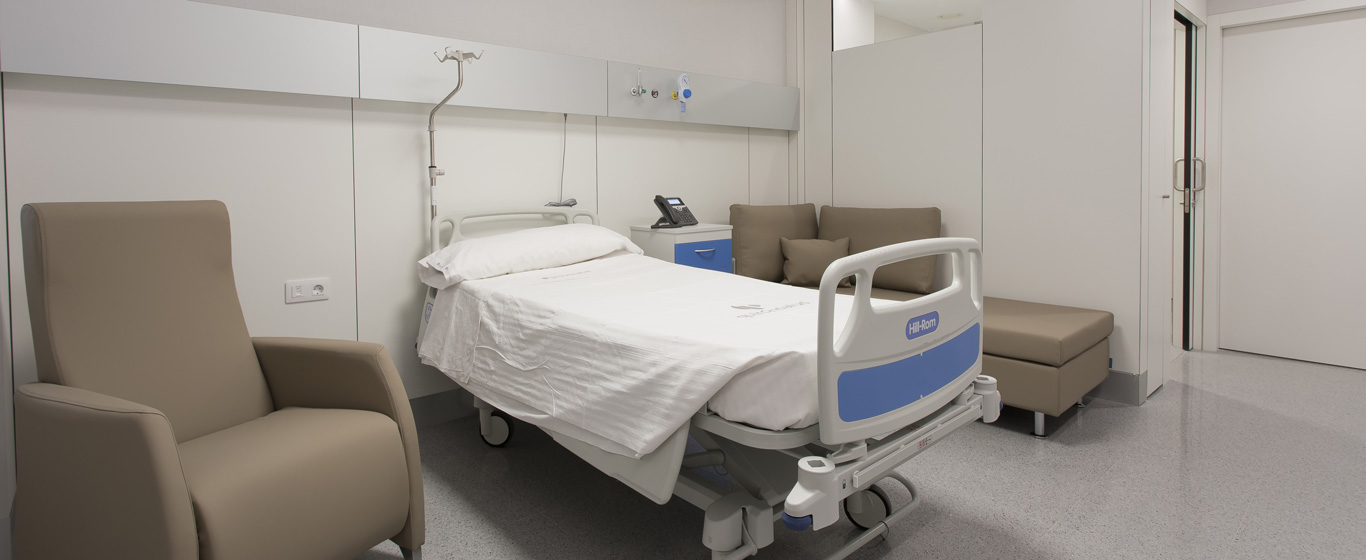X-ray of the Foot
A foot X-ray is a diagnostic method that provides two-dimensional images of the bones, muscles, ligaments, and tendons of the foot and ankle through the application of ionizing radiation (X-rays).

General Description
A foot X-ray is a diagnostic study that captures images of the bones and soft tissues of the foot and ankle, including muscles, ligaments, tendons, tarsal bones, metatarsal bones, and phalanges.
The functioning of a foot X-ray is based on the application of ionizing radiation (X-rays). In the obtained images, different types of tissues appear in varying shades depending on the amount of radiation they absorb (the denser a tissue, the more radiation it absorbs and the lighter it appears in the image):
- Bones are very dense and appear almost white.
- Muscles, ligaments, tendons, and fat appear in different shades of gray.
When Is It Indicated?
A foot X-ray is usually indicated if the following symptoms are present in the foot or ankle:
- Pain or tenderness
- Difficulty moving
- Swelling
- Deformities
A foot X-ray can help identify the cause of these symptoms, which may include:
- Bone fractures
- Joint dislocations
- Heel spurs
- Lumps, cysts, or tumors
- Bone infections
- Arthritis
Additionally, a foot X-ray is used in surgical planning and as a follow-up and evaluation method after surgery or any other treatment.
How Is It Performed?
To perform a foot X-ray, the patient is typically positioned lying down or seated on an examination table, with the X-ray machine suspended from the ceiling. Three different X-ray images or projections of the foot are taken:
- Anteroposterior or frontal view
- Lateral view
- Oblique view (at a 45-degree angle between the frontal and lateral views)
Additionally, it is common to take an X-ray of the other foot for comparison.
When the machine emits X-rays, they are absorbed by body tissues and recorded as an image on a radiation-sensitive photographic film (in traditional equipment) or through digital sensors that convert the radiation into digital images (in modern equipment).
Risks
As with any X-ray, the patient is exposed to a dose of radiation, which has been associated with the development of diseases such as cancer. However, the exposure is very brief and at minimal doses, posing no significant risk. The approximate effective radiation dose from a foot X-ray is less than 0.001 mSv, which is equivalent to three hours of exposure to natural sources of radiation encountered in daily life.
However, radiation can affect a fetus. Therefore, in the case of pregnant women, appropriate protective measures are taken, such as lead aprons to shield the abdomen, or an alternative diagnostic test may be considered.
What to Expect From a Foot X-ray
Before positioning themselves on the examination table, the patient must remove their shoes and socks or stockings. A lead apron or shield may be placed to protect other parts of the body, such as the reproductive organs or the abdomen, from radiation.
The doctor in charge will instruct the patient on how to correctly position their foot, which must remain still during the X-ray to avoid blurred images. Before the X-ray is taken, the doctor will step out of the room to activate the machine and avoid radiation exposure.
The procedure is completely painless and causes no discomfort. The total duration of the exam is usually no more than 15 minutes, with each image capture lasting only a few seconds. It is an outpatient procedure with no side effects or required aftercare, allowing the patient to resume their normal routine immediately after the exam.
Medical Specialties that Requesta Foot X-ray
Medical specialties that commonly use foot X-rays as a diagnostic tool include family and community medicine, emergency medicine, podiatry, and orthopedic surgery and traumatology. This test is performed by radiology specialists.
How to prepare
No specific preparation is required for a foot X-ray. However, it is recommended to wear comfortable, easy-to-remove footwear and to avoid metal elements on the foot, such as anklets or toe rings, as metal appears in the images and may interfere with the diagnosis. Additionally, patients should inform their doctor if they are pregnant.





















































